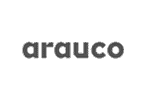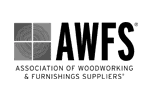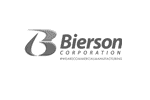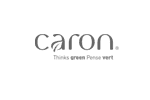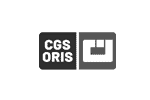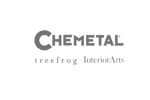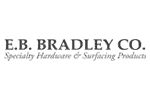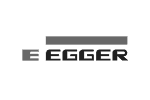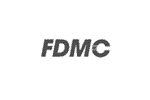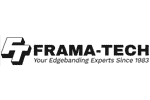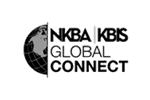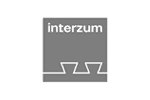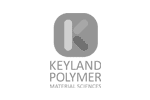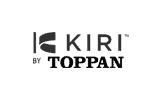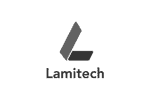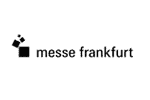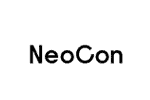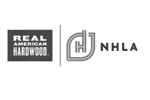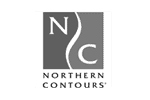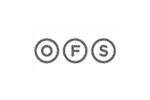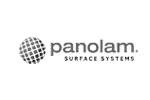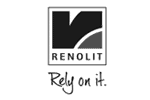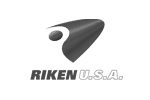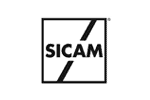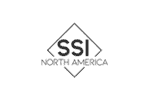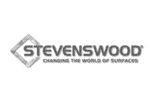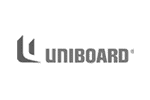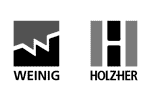Composite wood-based decorative surfaces are created with the latest iterations of ancient decorative technologies – printing and embossing
Designers scour the world for sources and inspiration, which range from original art to existing natural materials, to trees and lumber that may be hundreds or thousands of years old. Although literally extinct, these samples can still allow designers to use them in wonderful new ways.
Companies that create designs for decorative surfaces are known as décor printers. A handful of these companies print the vast majority of designs for laminates on special grades of décor papers in facilities around the world.
Textures are created either with embossed steel plates or cylinders, or textured release papers. These designs are often created from the same digital files used by décor printers for greater realism, and in some cases may be synchronized to the printed design on the final surface.

The Technology of Surface Design
Surface Design Inspiration and Sources
Decor printers work with artists to source raw materials (original art, veneer, stone), which are photograph or scanned and digitally manipulated for scale and “pattern repeat” to fit the finished laminate application. They also offer catalogs of standard patterns inspired by the latest design trends which can be specified as-is printed in customized colorways.
Surface Design Capture
Raw materials and original art are photographed or scanned to create digital files for decorative surface design. Most often, large-format digital scanners are used, taking advantage of their ability to capture very high-resolution data on color and contrast. The most advanced scanners also capture surface texture information using lighting sources from different orientations and angles, and all of this data accessible for post processing – effectively allowing operators to “change” the lighting and contrast of the sample without requiring rescanning.
You can learn much more about scanning technology here.
Surface Design Using Gravure Printing
All engineered decorative surfaces begin with a design concept, interpreted and executed by décor printers. The basic décor papers used in HPL, TFM and paper-based foils are engineered for specific properties like absorbing the reactive resins required in the pressing stage, printability, and flexibility in the finished laminate. Solid-color papers in a natural wood tone, for example, eliminate the need for a “pad coat” of ink. The actual designs are most commonly printed on rotogravure presses in one to four stages, using primarily water-based inks.
Design concepts for laminates come from an infinite number of places, and with today’s technology the printed realizations of materials found in nature, industry, architecture, or even in the imagination, are stunningly vibrant. Special pearlescent inks can recreate the sheen of metals, or the reflective flare of a piece of finely finished wood as you turn it in your hands.
Laser engraving of printing cylinders is faster and more accurate than the traditional electro-mechanical technology. It enables greater print definition and detail in even the subtlest designs than was previously possible, sharper contrasts and smoother tonal gradients for greater dimensionality and realism.
Decor printers work with artists to source raw materials (original art, veneer, stone), which are photograph or scanned and digitally manipulated for scale and “pattern repeat” to fit the finished laminate application. They also offer catalogs of standard patterns inspired by the latest design trends which can be specified as-is printed in customized colorways.
Surface Designs Produced by Digital Printing
For the last several years décor printers have used digital inkjet rinting to create concept and proof prints for clients during the development process, and for low-volume custom designs for branding and wayfinding applications.
As printing speeds improve and ink compatibility issues are sorted out, some décor printers are able to offer commercial volumes of digitally printed custom designs.
Another way laminate manufacturers bring additional design elements to a decorative laminate surface is to apply a transparent overlay embedded with fiber or particles from metals (aluminum, copper, gold), textiles and organic sources (coffee beans, banana fibers).
The paper carrier becomes transparent in the laminate pressing stage, and the embedded elements, known as “inclusions,” add an extra decorative layer over the solid-color or printed décor layer.
Surface Design Textures
Texture is applied to all laminate materials. In HPL and TFL, textures are applied during the pressing process, most commonly by etched hardened stainless steel plates, or press moulds, up to 5 ft x 10 ft in size.
Textured release papers may be used in place of press plates. These specially formulated papers impart the texture design in much the same way steel plates do, but are designed for one-time use.
Many suppliers offer “synchronized” textures, in which the embossed design is aligned exactly with the visual print – very effective in the case of woodgrains.
A more recent development is the “anti-fingerprint” matte surface. Originally developed to make matte surfaces a more appealing choice (minimal fingerprints!) for kitchen cabinets, this finish is available in HPL, TFL and compact (solid phenolic) surfaces. It is also very warm to the touch. Some versions may be more easily damaged than other laminates, but they are repairable. Be sure to get the full story from your material supplier (suppliers and sources can be found on each of our Material Guides).
You can find even more on surface textures in this story for iandsdesign.
Surface Technology Suppliers
DTS (Elesgo)
HUECK Design
Impress
Interprint
King’s Mountain International
Sappi
Schattdecor
SESA
Surteco
